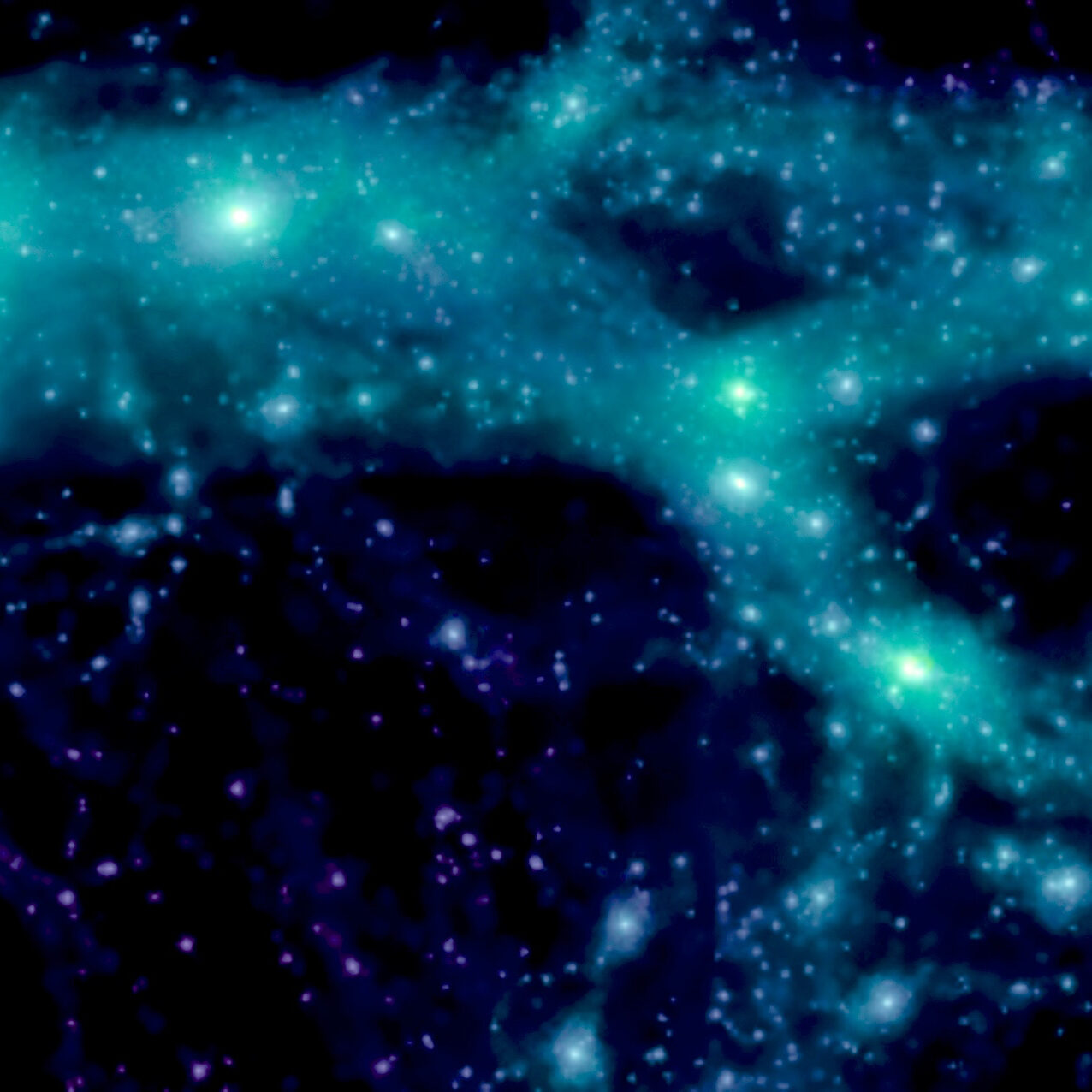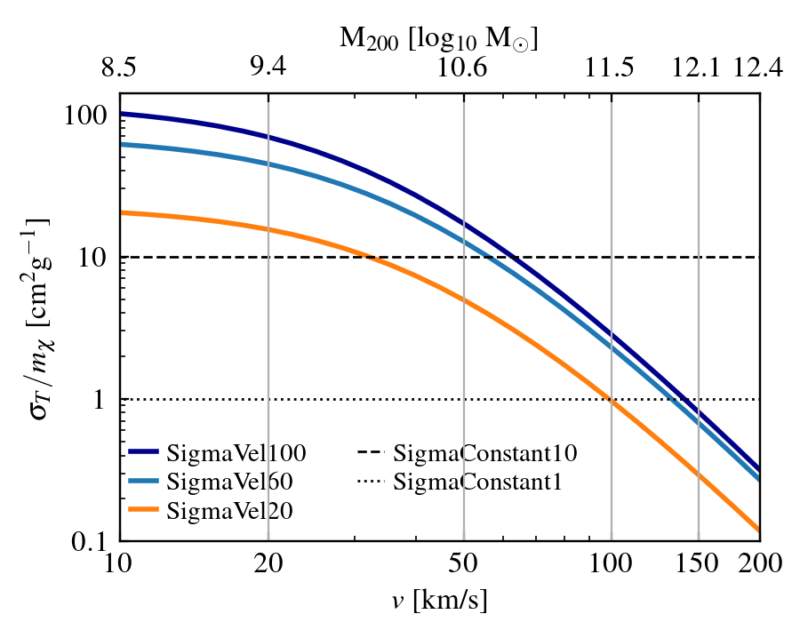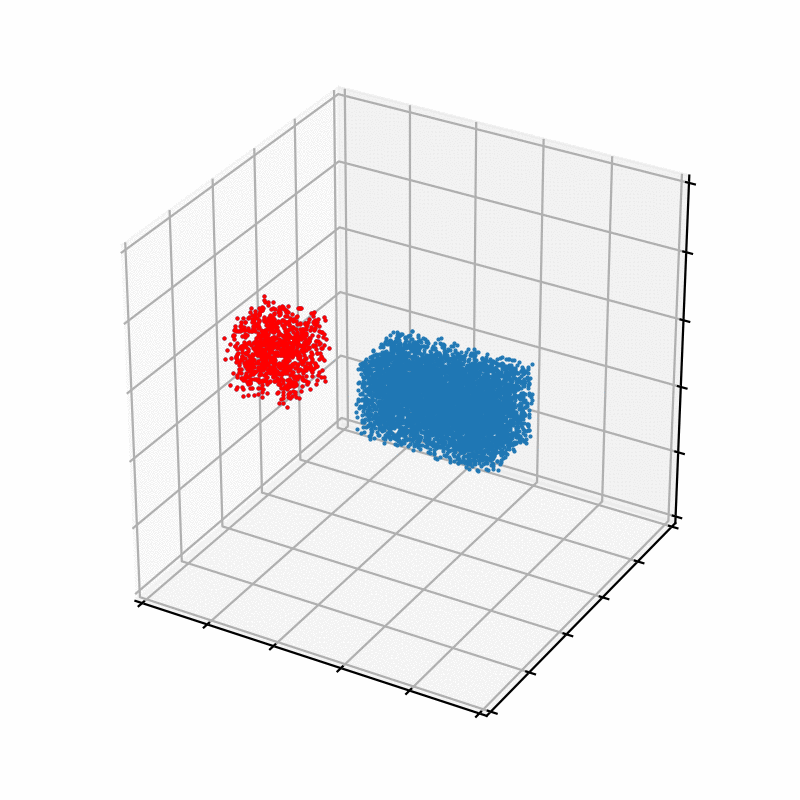Motivation: TangoSIDM project
What is the Universe made of? The answer to this very simple question is not so simple. We appear to live in a universe composed of an unidentified form of matter called `dark matter’ (hereafter DM). Uncovering the nature of dark matter is one of the most pressing pursuits in modern physics and cosmology.
Astronomical observations are the key to understanding the nature of DM and have been revealing the possibility that DM particles interact non-gravitationally with each other. It began with observations of the collision of nearby galaxy clusters. More recently, measurements of very large DM densities in lensed systems are indicating that DM-DM interactions can also induce gravothermal core collapse. This is an effect where frequent DM-DM interactions heat the central DM halo core, causing it to rapidly contract and raise in density.
While studies on galaxy clusters scales have set robust upper limits on the DM self-interaction cross section, σ/m, constraints of σ/m on dwarf galaxy scales are currently missing. The possibility of gravothermal core collapse indicates that σ/m could be larger than 10 cm^2/g on dwarf galaxy scales, as estimated by Correa (2021). But more thorough studies with detailed modelling of self-interacting DM and galaxy formation in a cosmological context are needed to prove or rule out scenarios of large σ/m.
The goal of this project is to develop a theoretical program that will provide a much deeper understanding of what we can infer from observations of dwarf galaxies about the nature of dark matter.
We are currently making state-of-the-art cosmological hydro-dynamical simulations of a self-interacting DM universe, with the ambitious goal of producing detailed modelling of the nearby satellite galaxies that orbit around the Milky Way.
Cosmological Simulations of Structure Formation
Our simulation suite currently consists of:
- a set of dark matter-only high-resolution boxes: of (25 Mpc)^3 cubic volume with 752^3 baryon particles and 752^3 DM particles, reaching a spatial resolution of 350 pc.
- a hydrodynamical suite of (25 Mpc)^3 cubic volume with 376^3 baryon particles and 376^3 DM particles, reaching a spatial resolution of 752 pc.
The simulations start from the same initial conditions but assuming different self-interacting dark matter flavours. These include constant cross section of 0 (CDM case), 1 cm^2/g and 10 cm^2/g, as well as velocity dependent models (as shown in figure on the bottom right).

Dark Matter density projection of 25 Mpc box.

Momentum transfer cross sections (𝜎 /𝑚𝜒) as a function of relative DM particles scattering velocity. The figure shows the SIDM models presented in Correa et al. (2022): three velocity-dependent models (dark blue, light blue and orange lines) and three constant cross section models, 𝜎 /𝑚𝜒 = 10 and 1 cm2/g (black dashed and dotted lines) and 𝜎 /𝑚𝜒 = 0 (CDM).
Dark Matter Particle-Particle collisions in SWIFT
We have modelled the interaction between dark matter (DM) particles following a stochastic approach, where DM particles have a probability of interaction that depends on the cross section, σ/m, as well as on the distance and relative velocity between them. The search radius, which encloses a region where a DM particle has the probability of interacting with its neighbours, is not constant, instead it is adjusted according to the local density.

Meet the team !
Camila Correa (PI)
Veni Fellow at the University of Amsterdam
Noemi Anau Montel
PhD Student at the University of Amsterdam
Matthieu Schaller
Lecturer at Leiden University, lead developer of SWIFT
Christoph Weniger
A/Prof. at the University of Amsterdam
Sylvia Ploeckinger
Postdoctoral fellow at Leiden University
Shinichiro Ando
A/Prof. at the University of Amsterdam
Acknowledgments
This project was funded by NWO (Netherlands Organisation for Scientific Research). NWO Veni 192.020. The TangoSIDM simulation suite was produced using the DECI resource Mahti (Finland/CSC), PRACE aisbl., project ID 17DECI0030-TangoSIDM, as well as the Dutch national e-infrastructure, Snellius, SURF Cooperative, project ID EINF-180-TangoSIDM.



